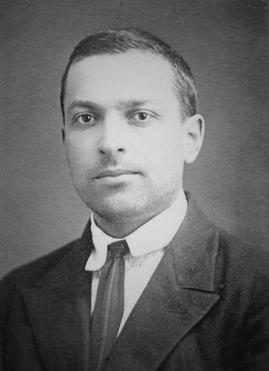Constructivism was introduced by Piaget (1981) and Bruner (1990). They gave stress to knowledge discovery of new meaning/concepts/principles in the learning process. Various strategies have been suggested to foster knowledge discovery, among these, is making students engaged in gathering unorganized information from which they can induce ideas and principles. Students are also asked to apply discovered knowledge to new situations, a process for making their knowledge applicable to real life situations.
While knowledge is constructed by the individual learner in constructivism, knowledge can also be socially constructed. Social constructivism. this is an effort to show that the construction of knowledge is governed by social, historical and cultural contexts. In effect, this is to say that the learner who interprets knowledge has a predetermined point of view according to the social perspectives of the community or society he lives in.
The psychologist Vygotzky stressed that learning is affected by social influences. He therefore suggested the interactive process in learning. The more capable adult (teacher or parent) or classmate can aid or complement what the learner sees in a given class project. In addition, Dewey sees language as a medium for social coordination and adaptation. For Dewey human learning is really human languaging that occurs when students socially share, build and agree upon meanings and knowledge.
The Computer's Capabilities
Based on the two learning theories, the teacher can employ the computer as a/an:
- An information tool
- A communication tool
- A constructive tool
- As co-constructive tool
- A situating tool
Informative Tool
The computer can provide vast amounts of information in various forms, such as text, graphics, sounds , and video. Even multimedia encyclopedias are today available on the internet.
Communication Tool
Constructive Tool
The computer itself can be used for manipulating information, visualizing one's understanding, and building new knowledge.
Co-constructive Tool
Students can use constructive tools to work cooperatively and construct a shared understanding of new knowledge.
Situating Tool
By means of virtual reality (RS) extension systems, the computer can create 3-D images on display to give the user the feeling that are situated in a virtual environment.
REFLECTION
The computer serves as a teacher's tool in the sense that the educators used computers as their instructional materials in supplementing the cognitive development of learners when it comes to technology. Computer has a great help for both the teachers and the learners, for the teachers it facilitate their instructional methods and improve their instructional materials; for the learners it contributes a lot in their cognitive development and learning experiences.

No comments:
Post a Comment